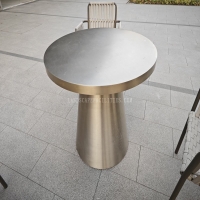Welcome to the website for landscape facilities products and knowledge.
How does composite material handle limestone amendments in a landscape tree box?
Composite materials play a pivotal role in optimizing limestone amendments within landscape tree boxes, offering a sustainable solution for urban tree health. Limestone, commonly used to neutralize acidic soils and improve nutrient availability, can be effectively integrated with composite materials to enhance drainage, aeration, and root development.
The porous nature of composite materials allows for controlled release of limestone’s alkaline properties, preventing rapid pH fluctuations that could stress tree roots. Additionally, composites provide structural stability, reducing soil compaction and erosion—common challenges in urban tree boxes.
By combining limestone with composite layers, landscapers can create a balanced microenvironment. The composite acts as a buffer, ensuring even distribution of limestone while retaining moisture and organic matter. This synergy promotes healthier root systems and longer-lasting tree vitality in constrained urban spaces.
For optimal results, a layered approach is recommended: a base of composite material for drainage, followed by a limestone-amended soil mix, and topped with a composite mulch layer. This method maximizes the benefits of both materials, fostering resilient urban greenery.
Related search:

Recommendation
Outdoor Metal Table - Classic Outdoor Furniture, Stainless Steel Table, Durable and Reliable